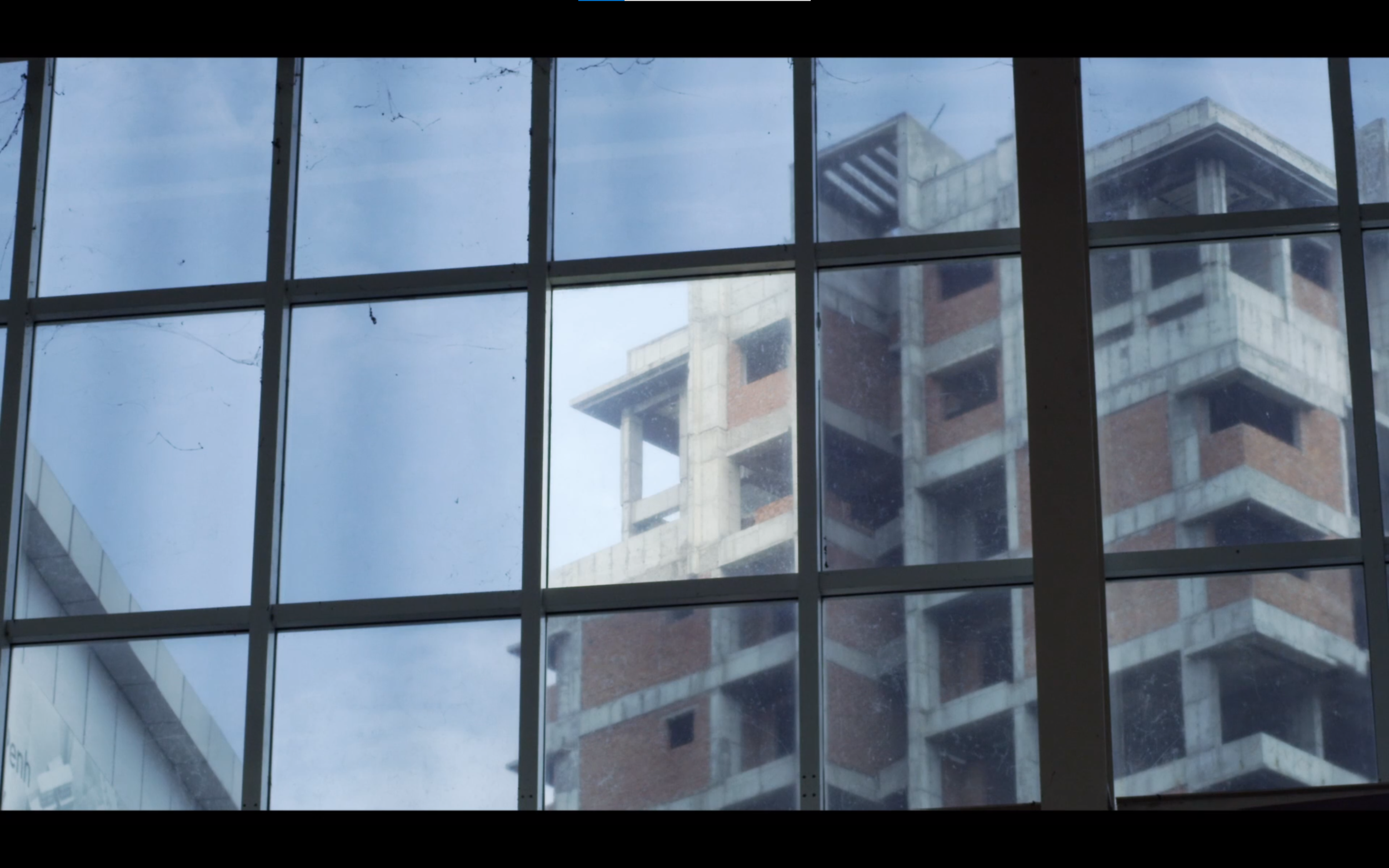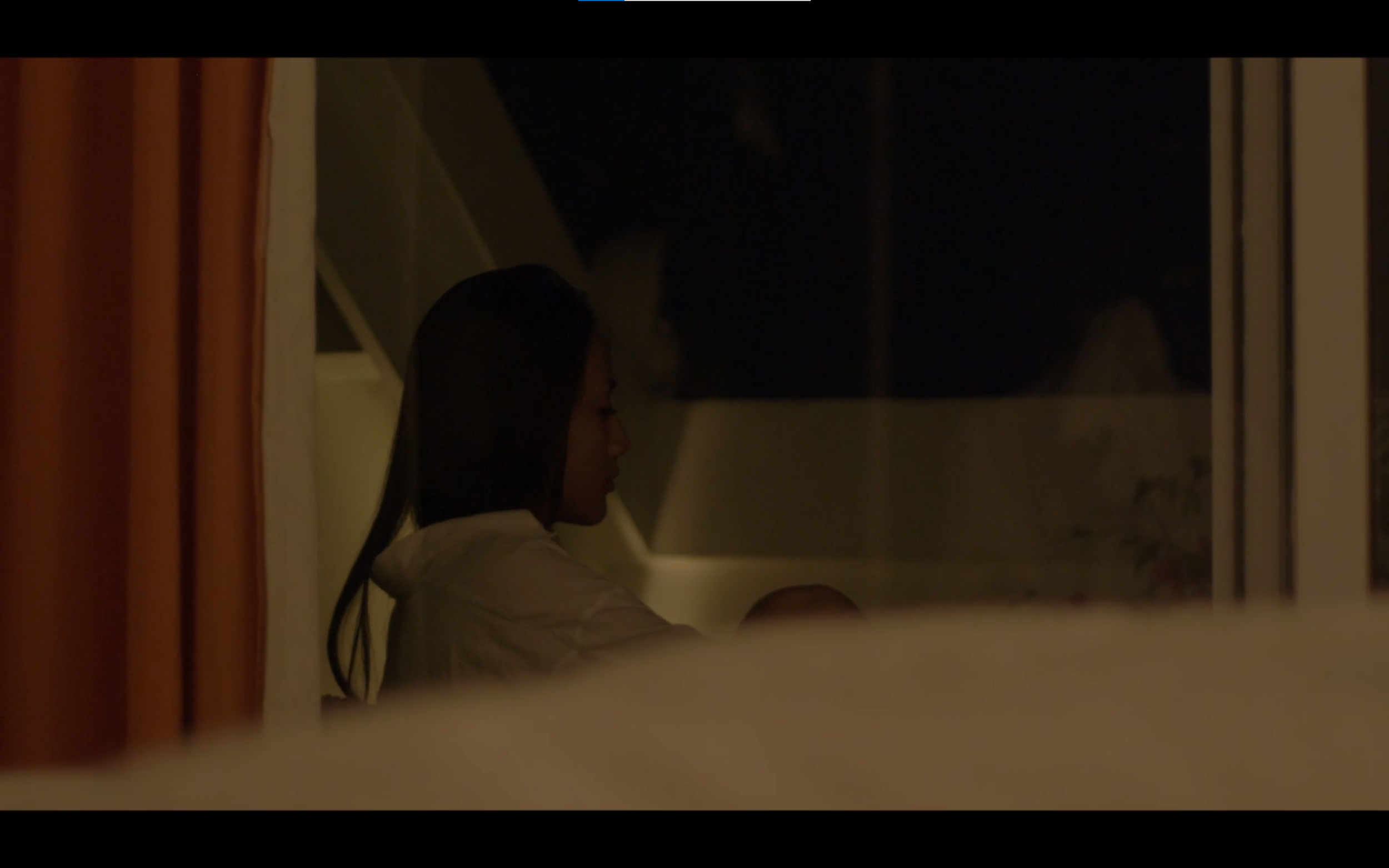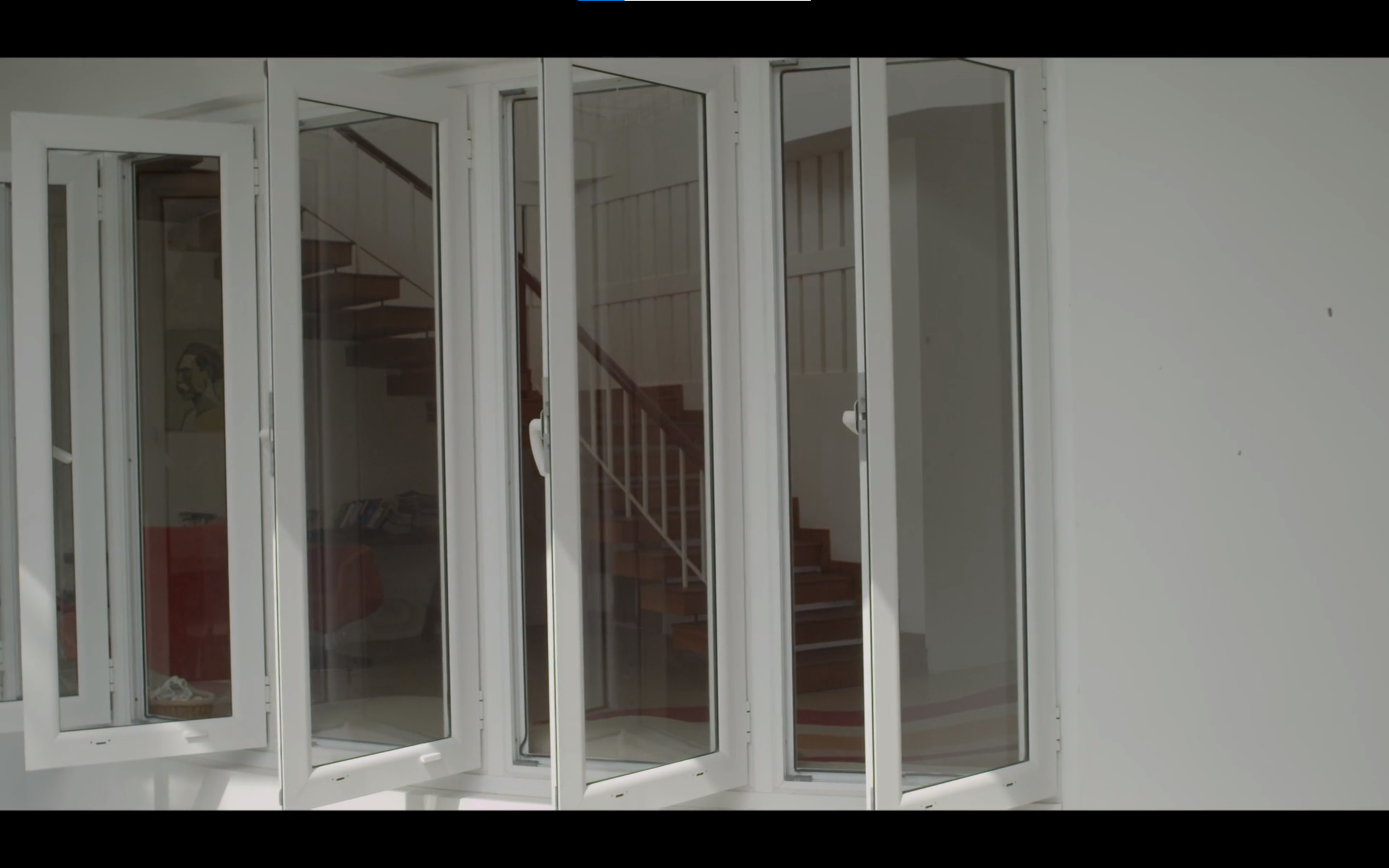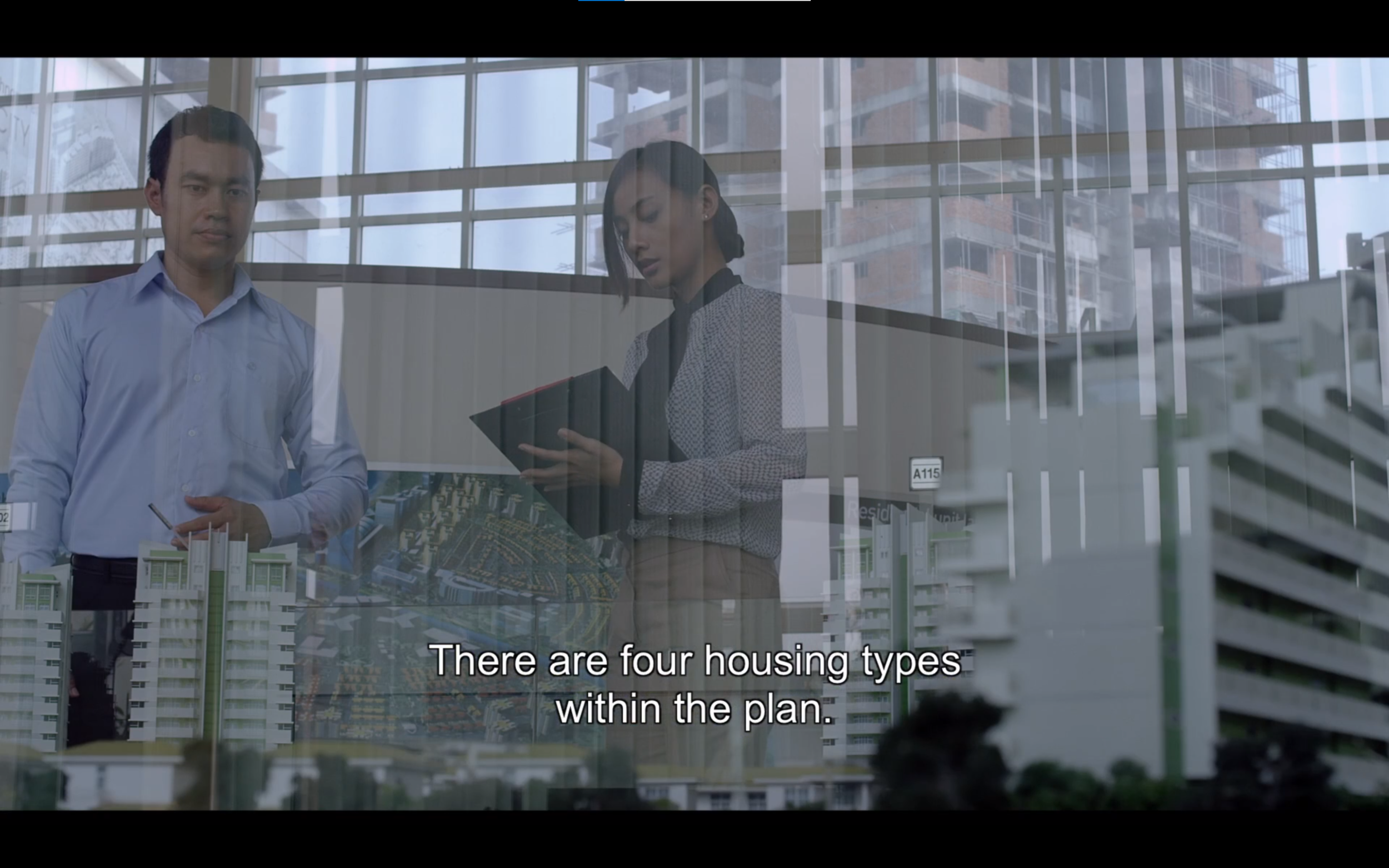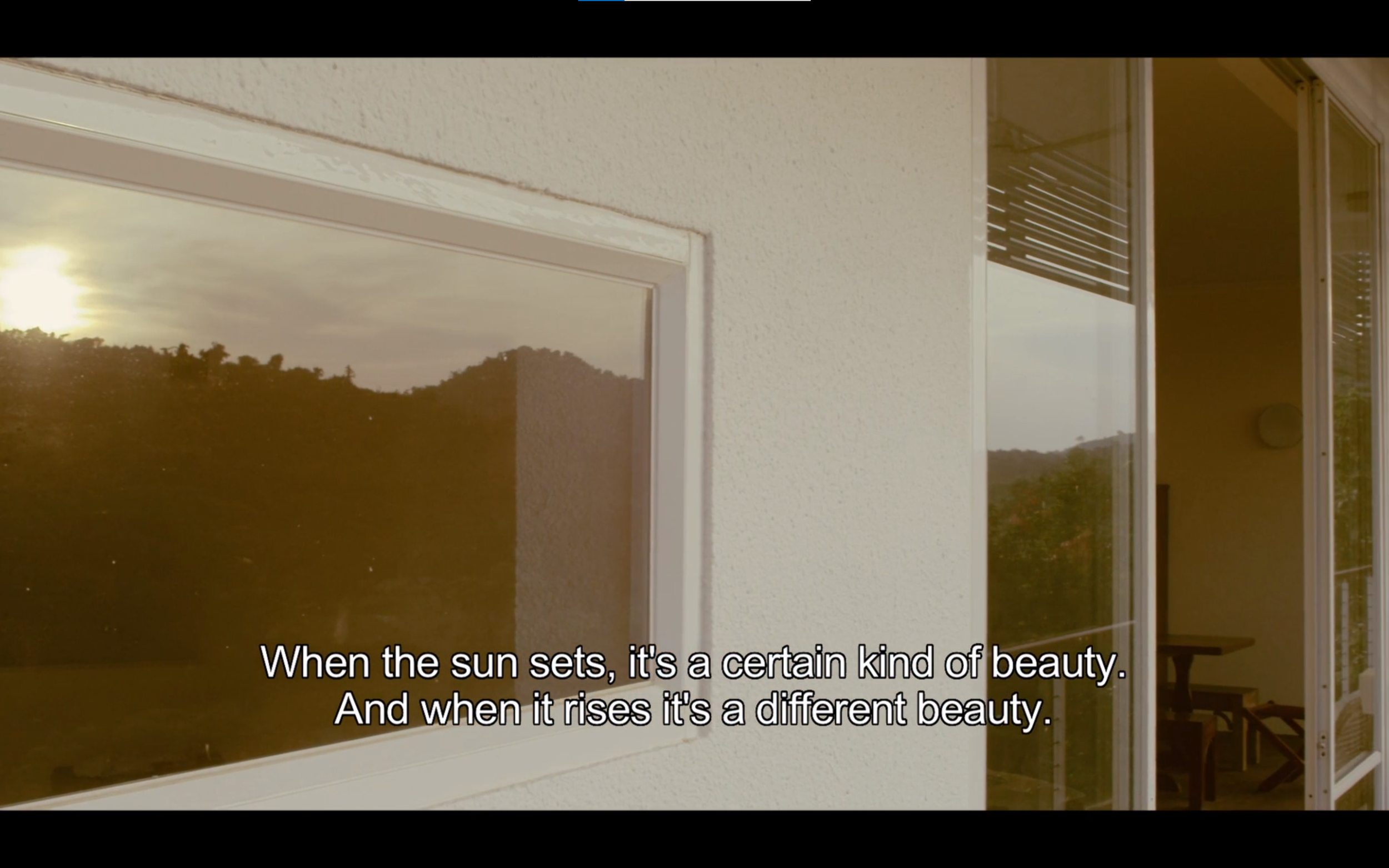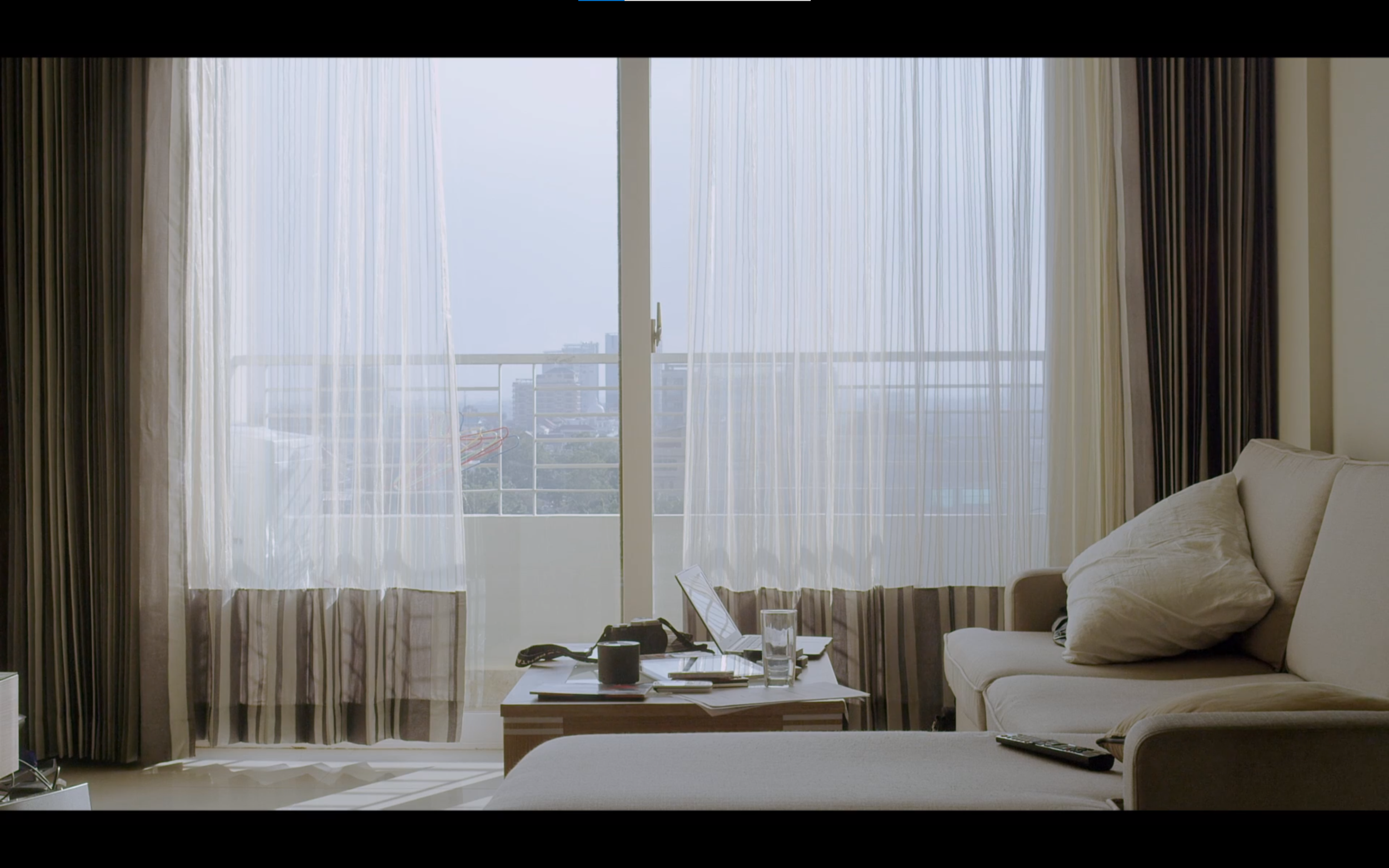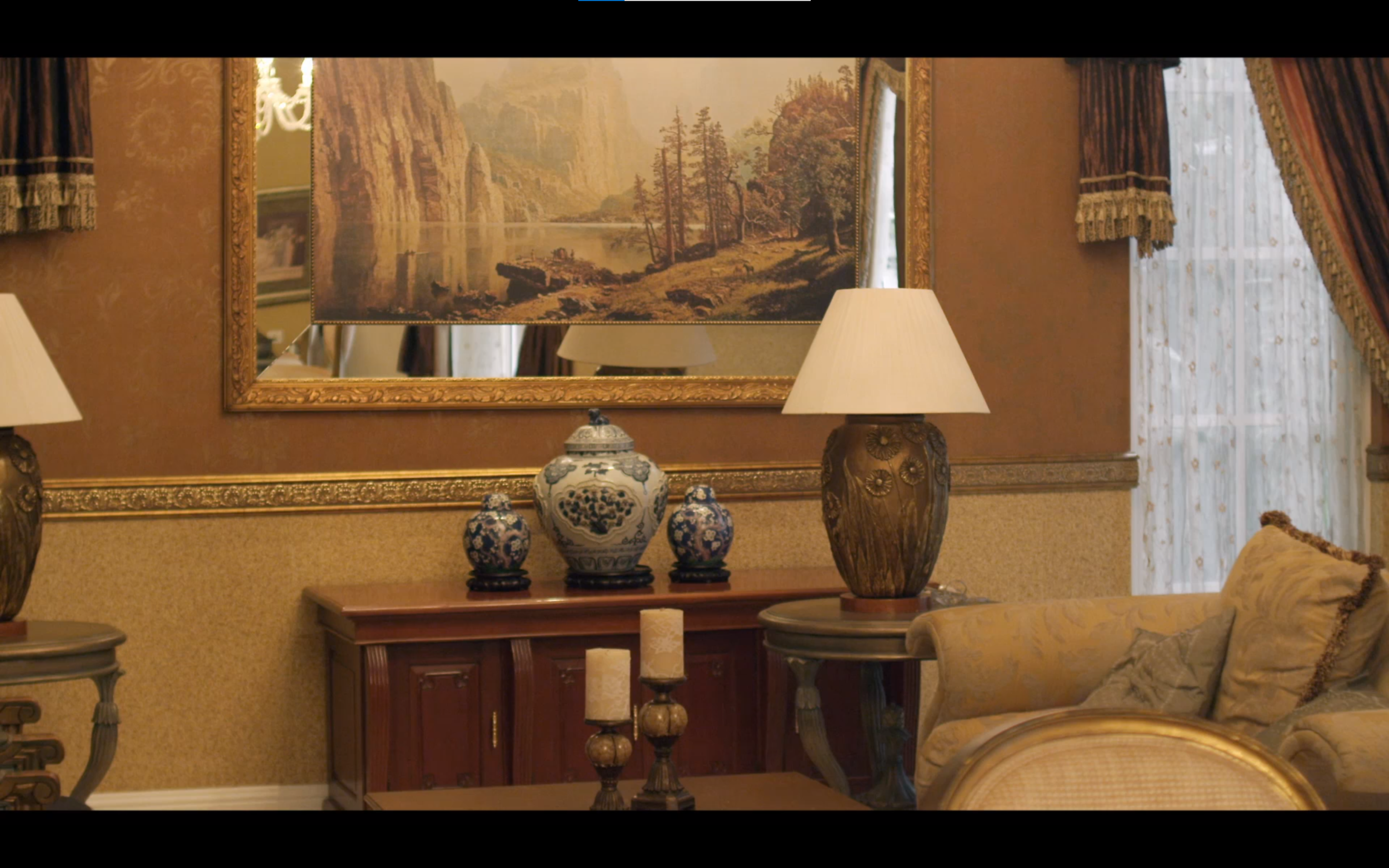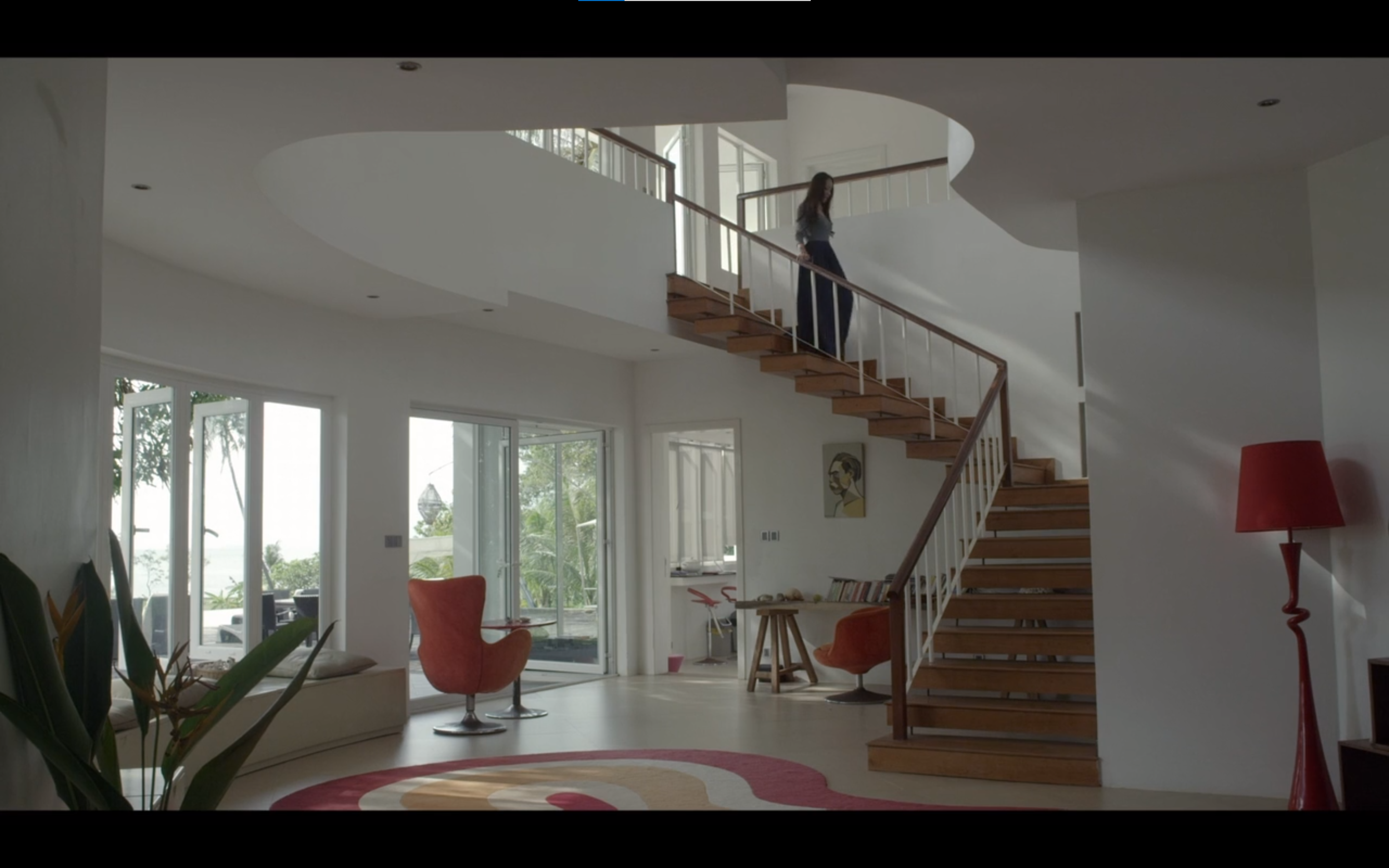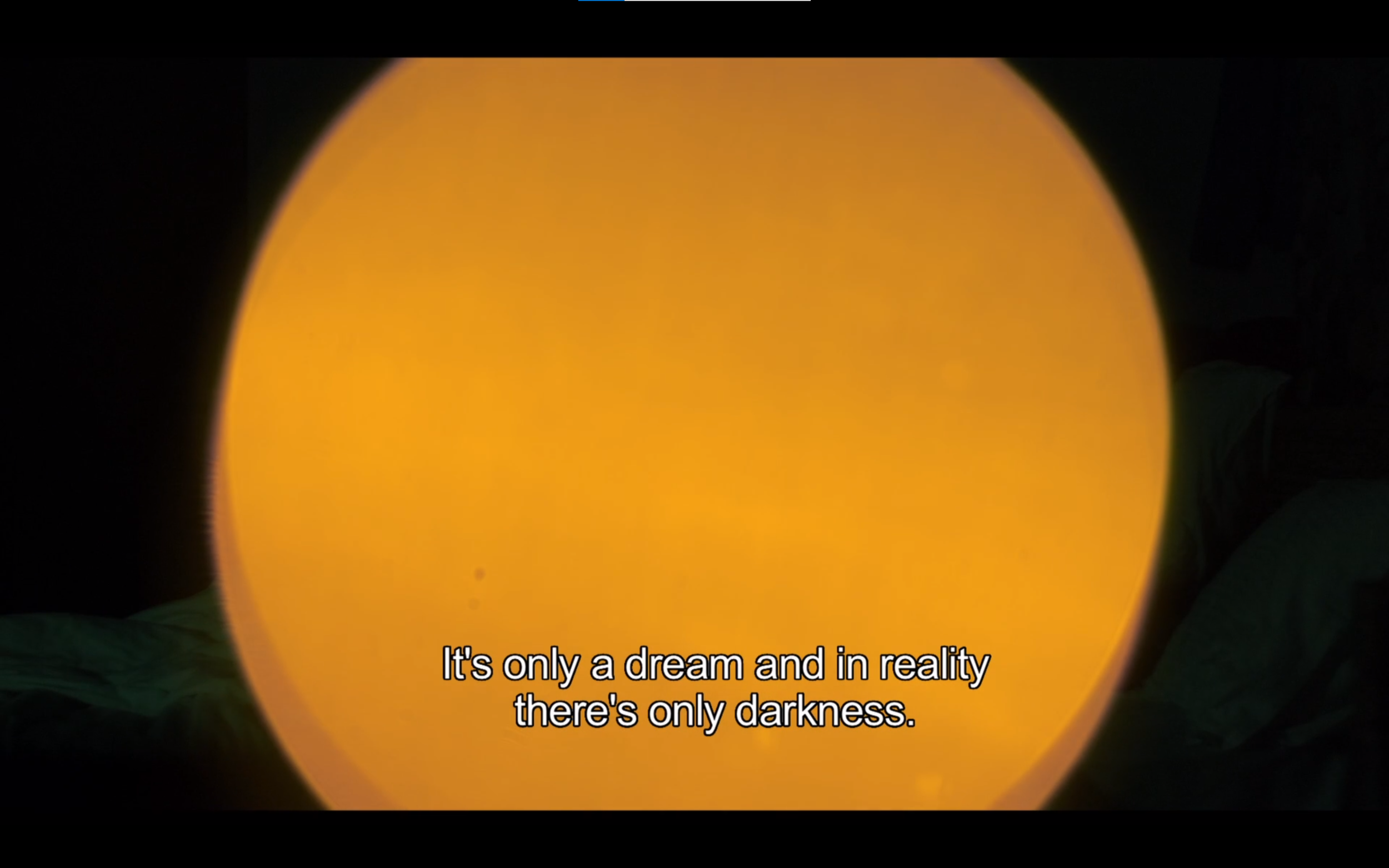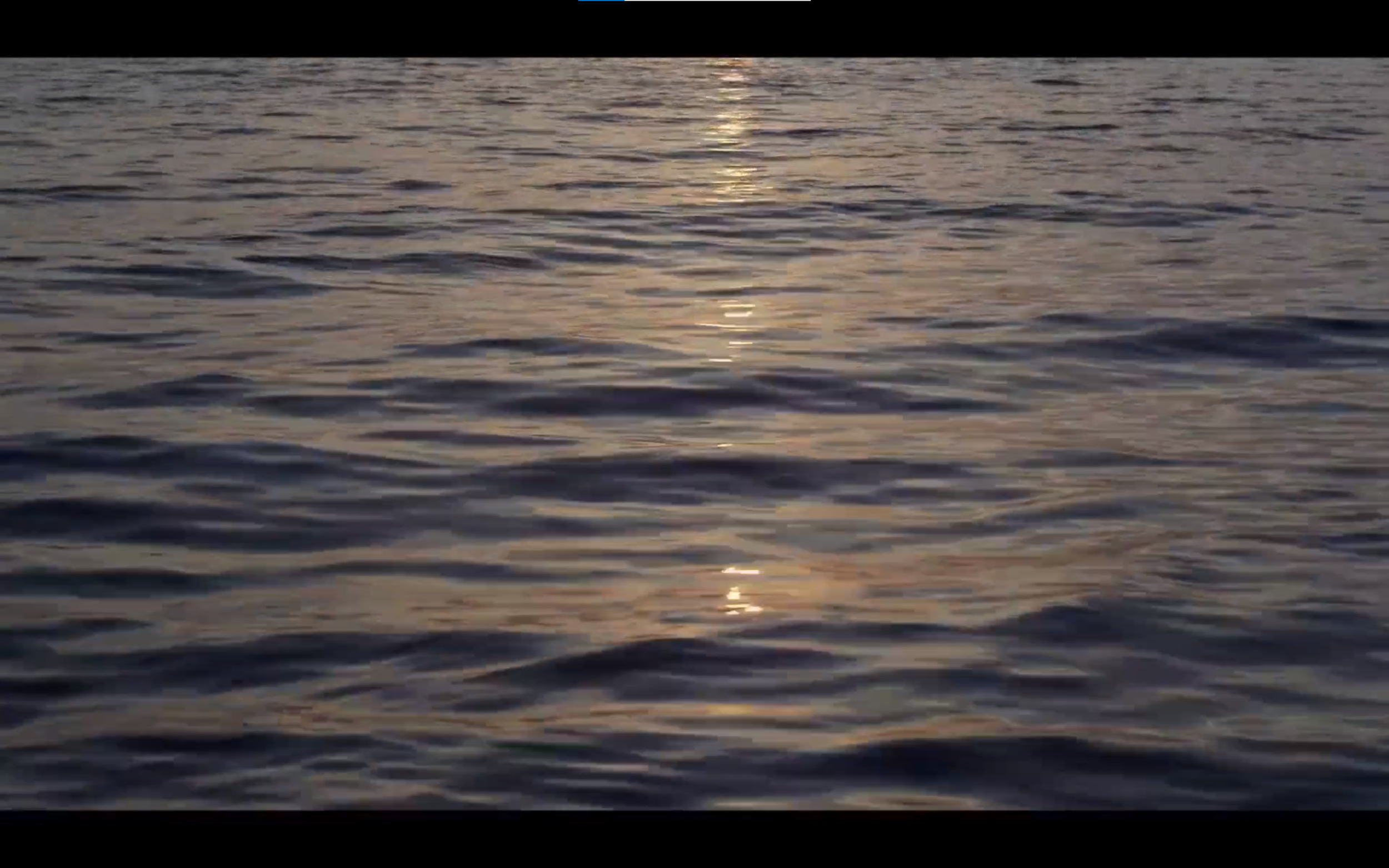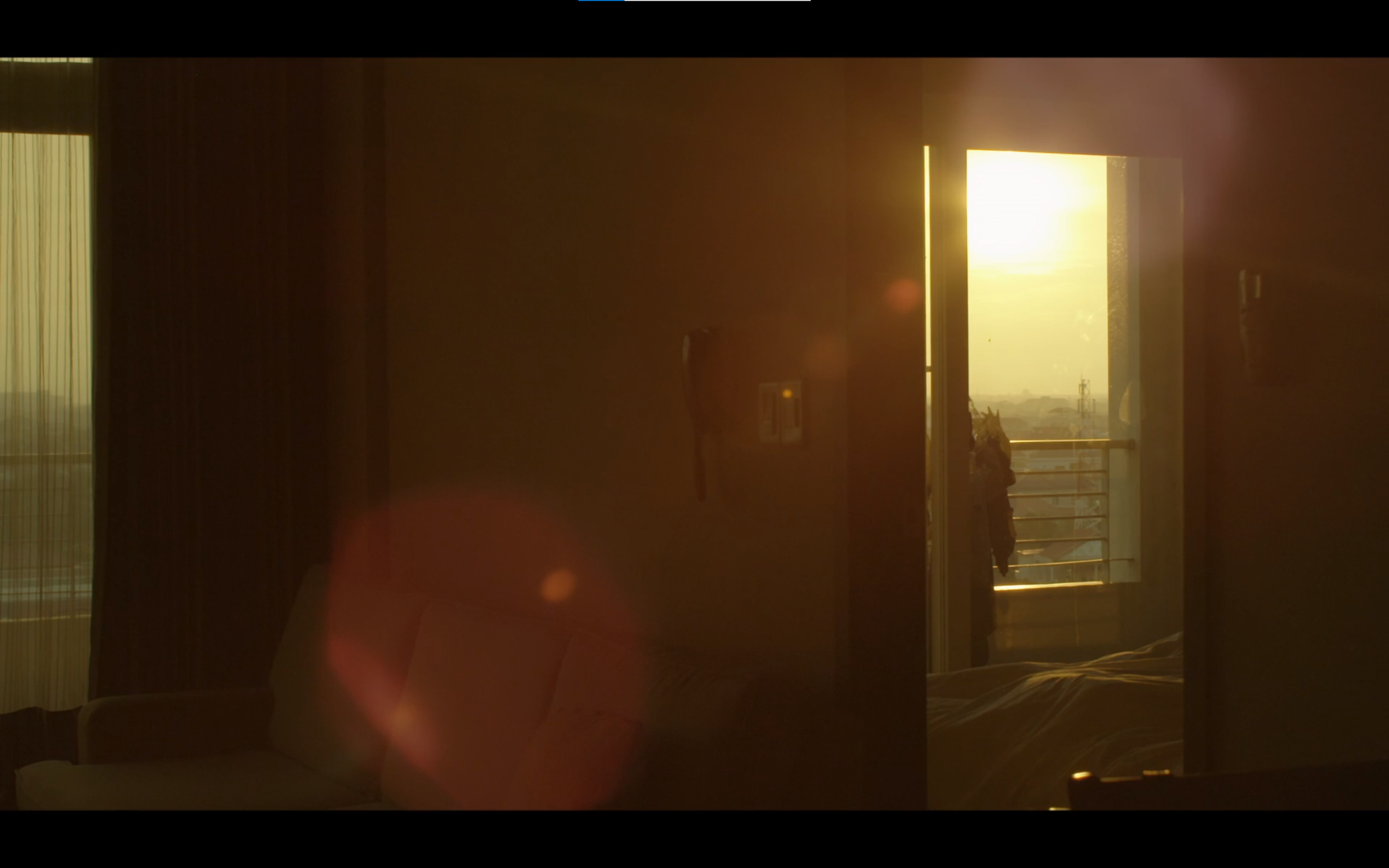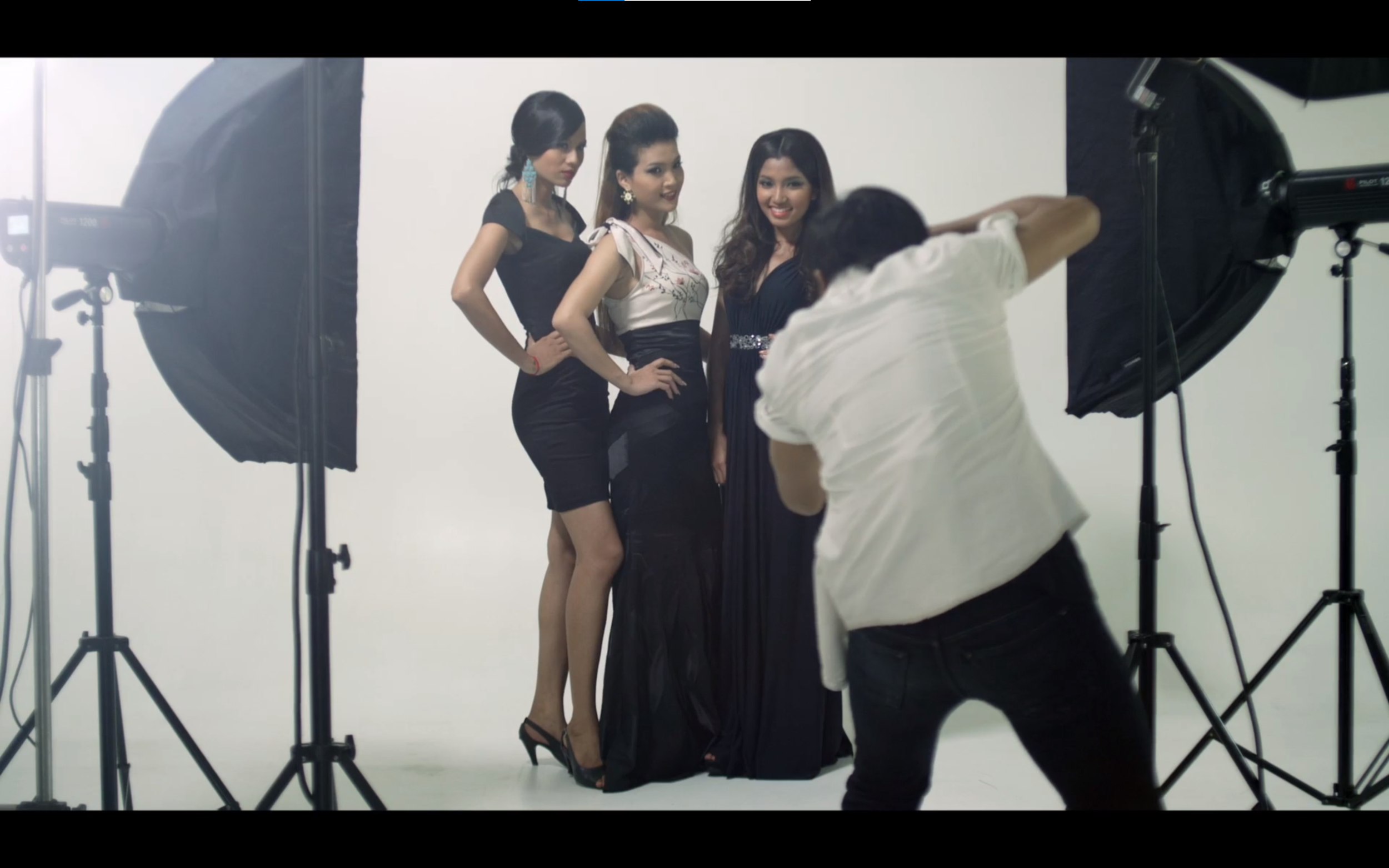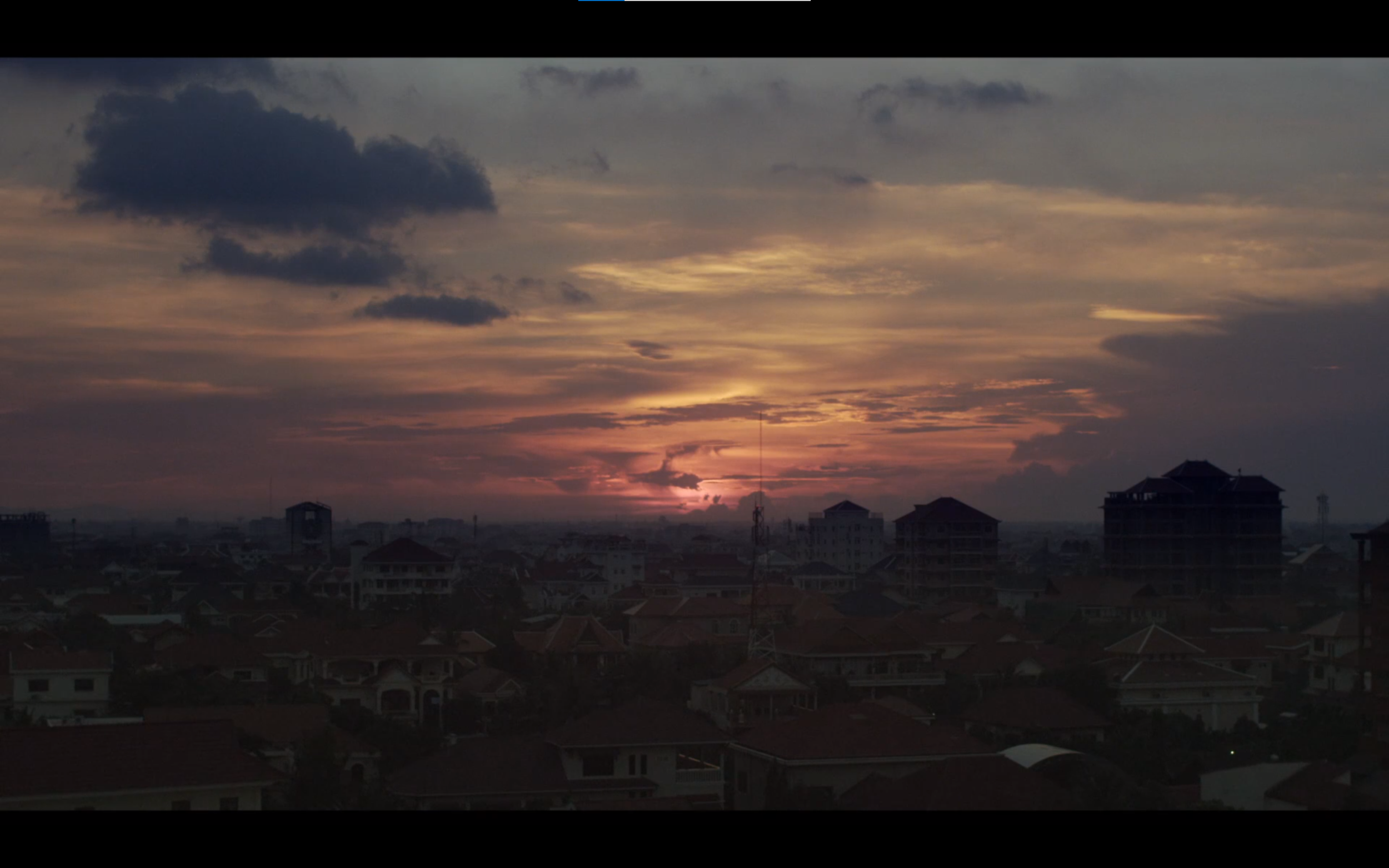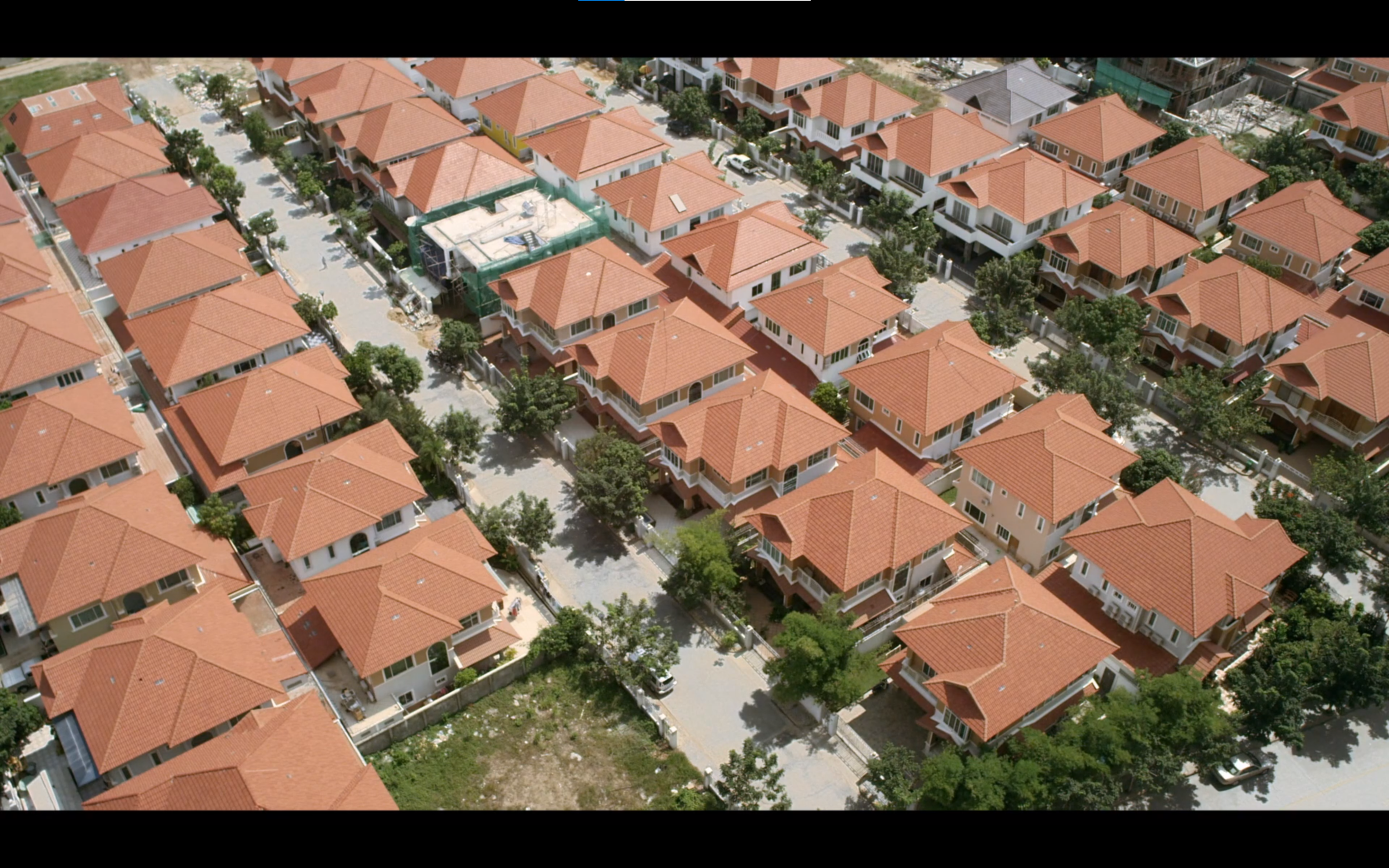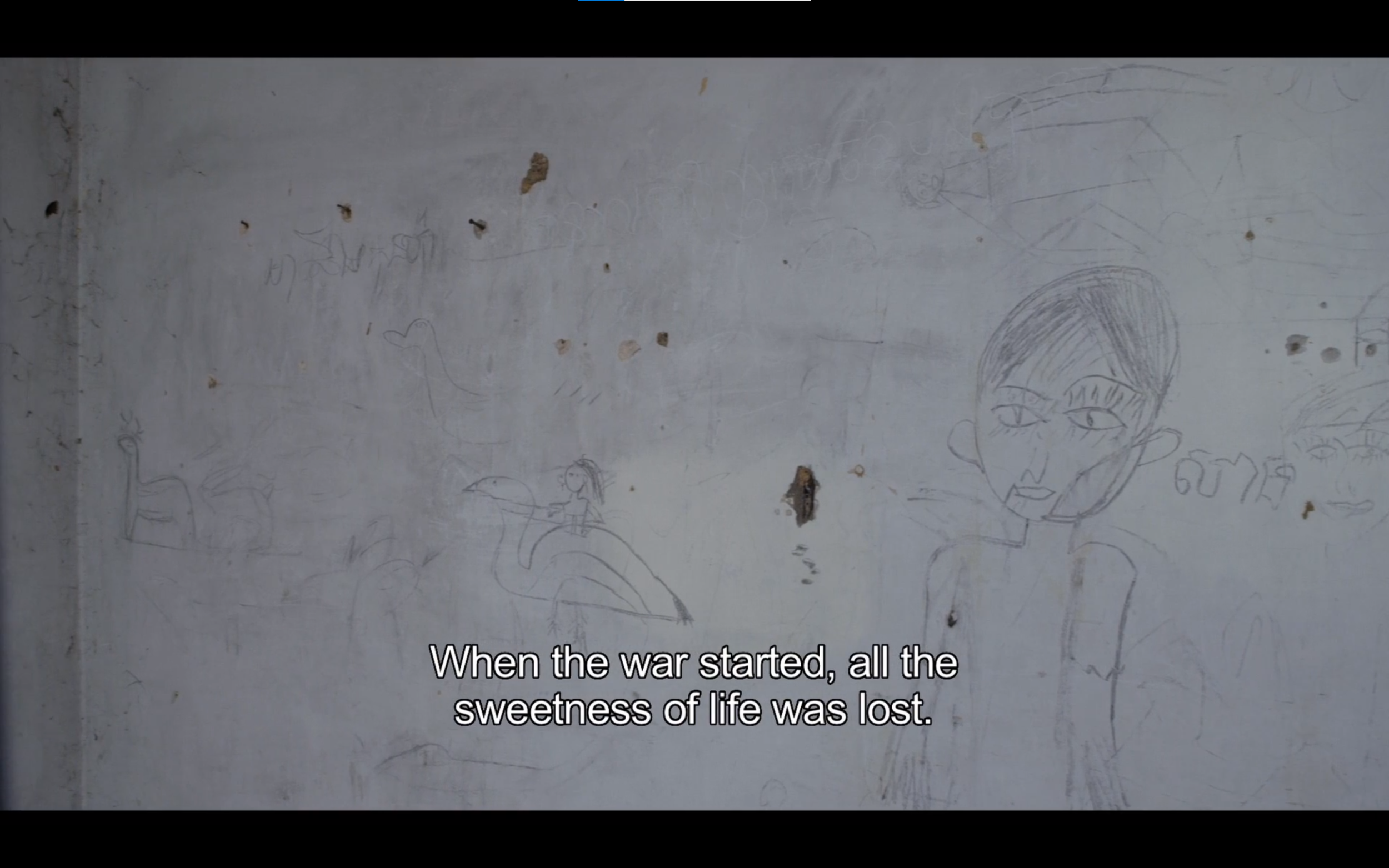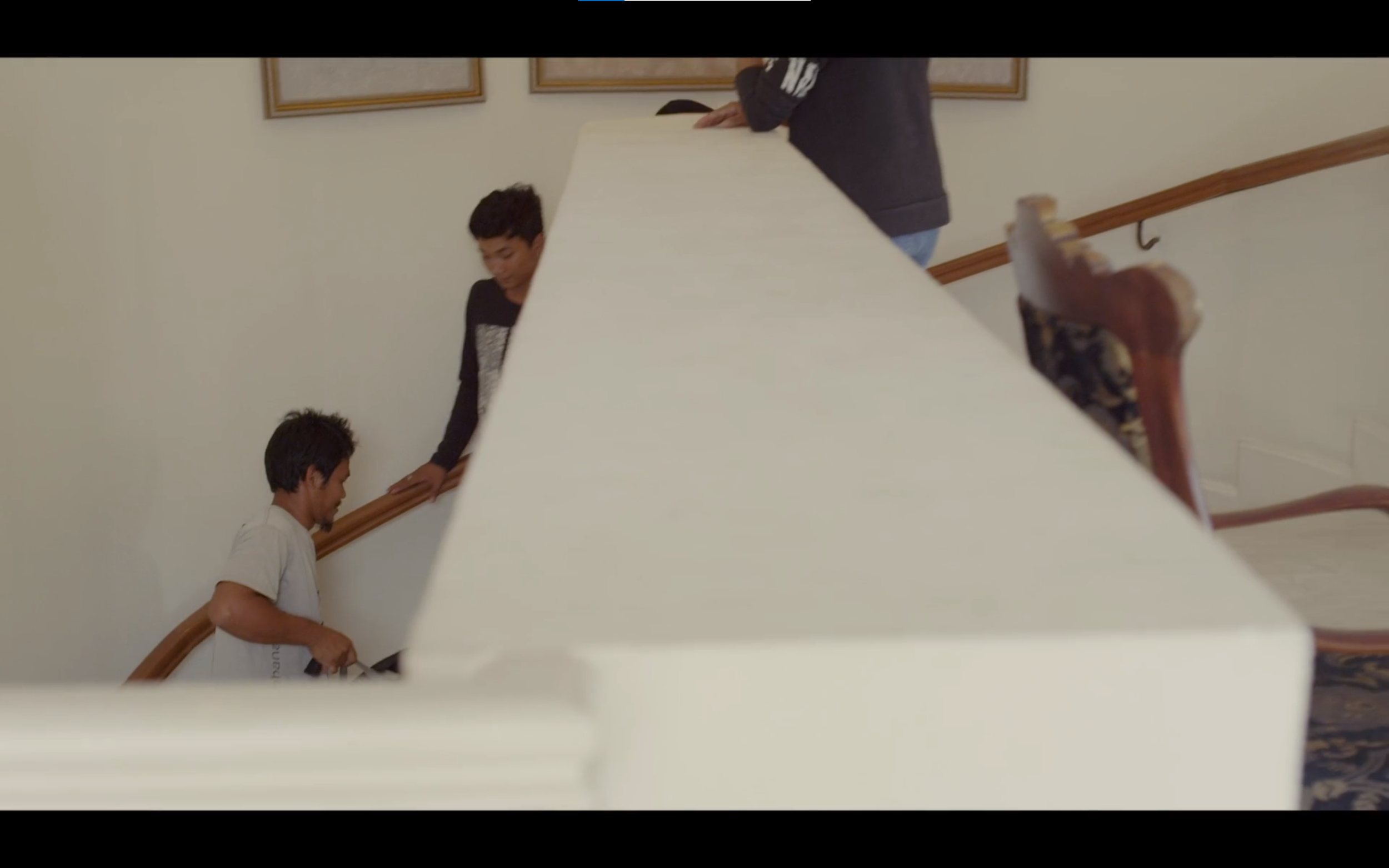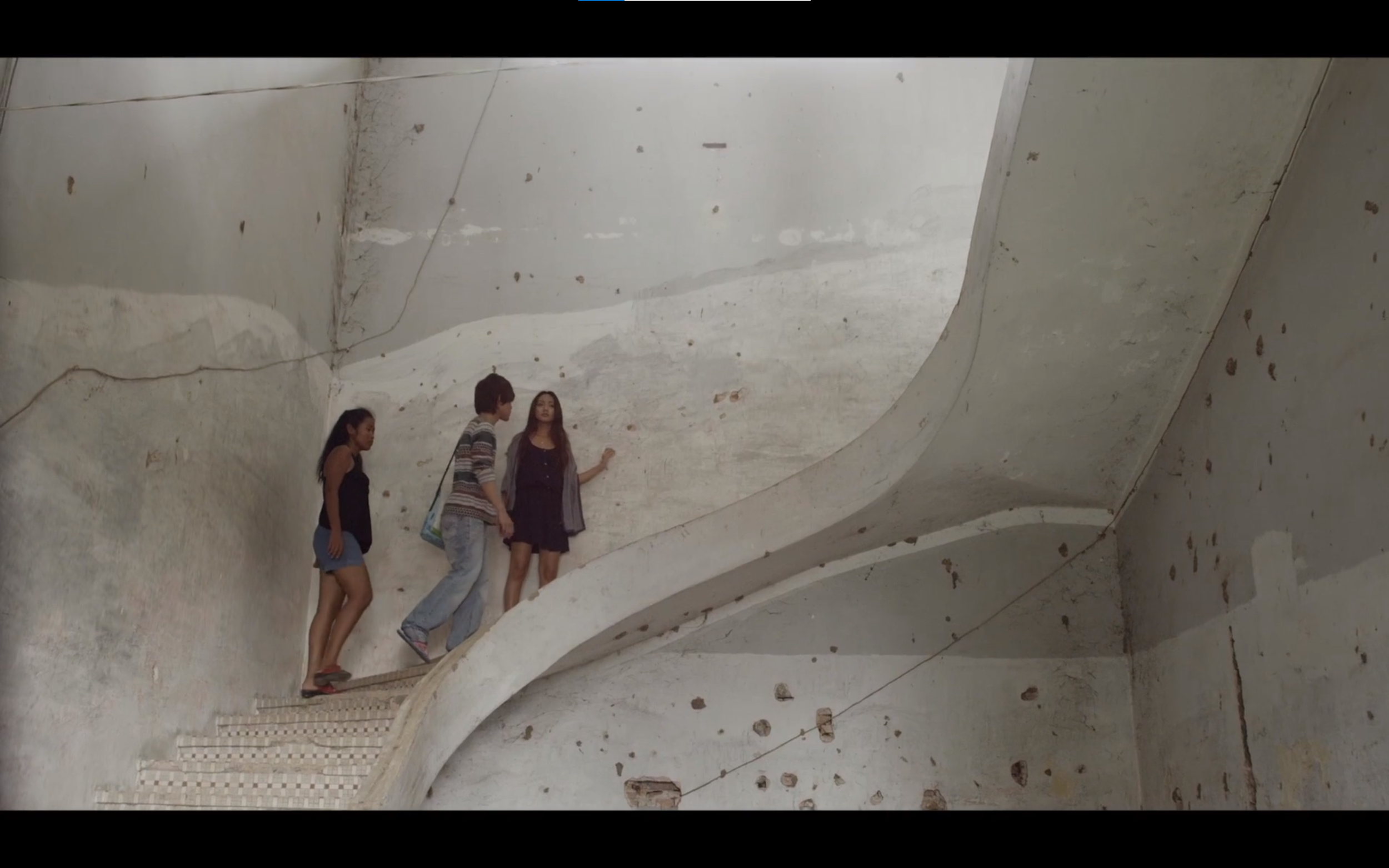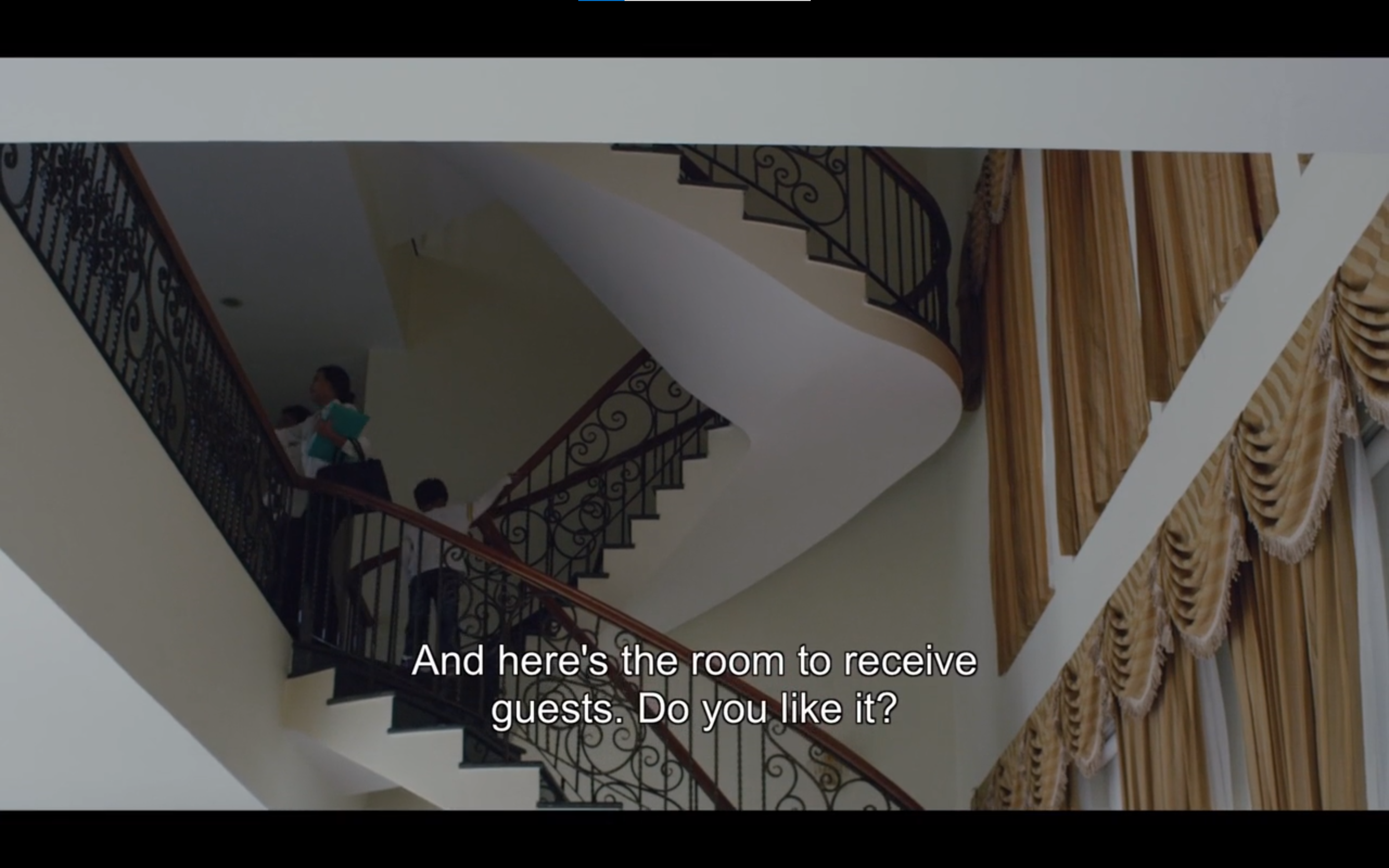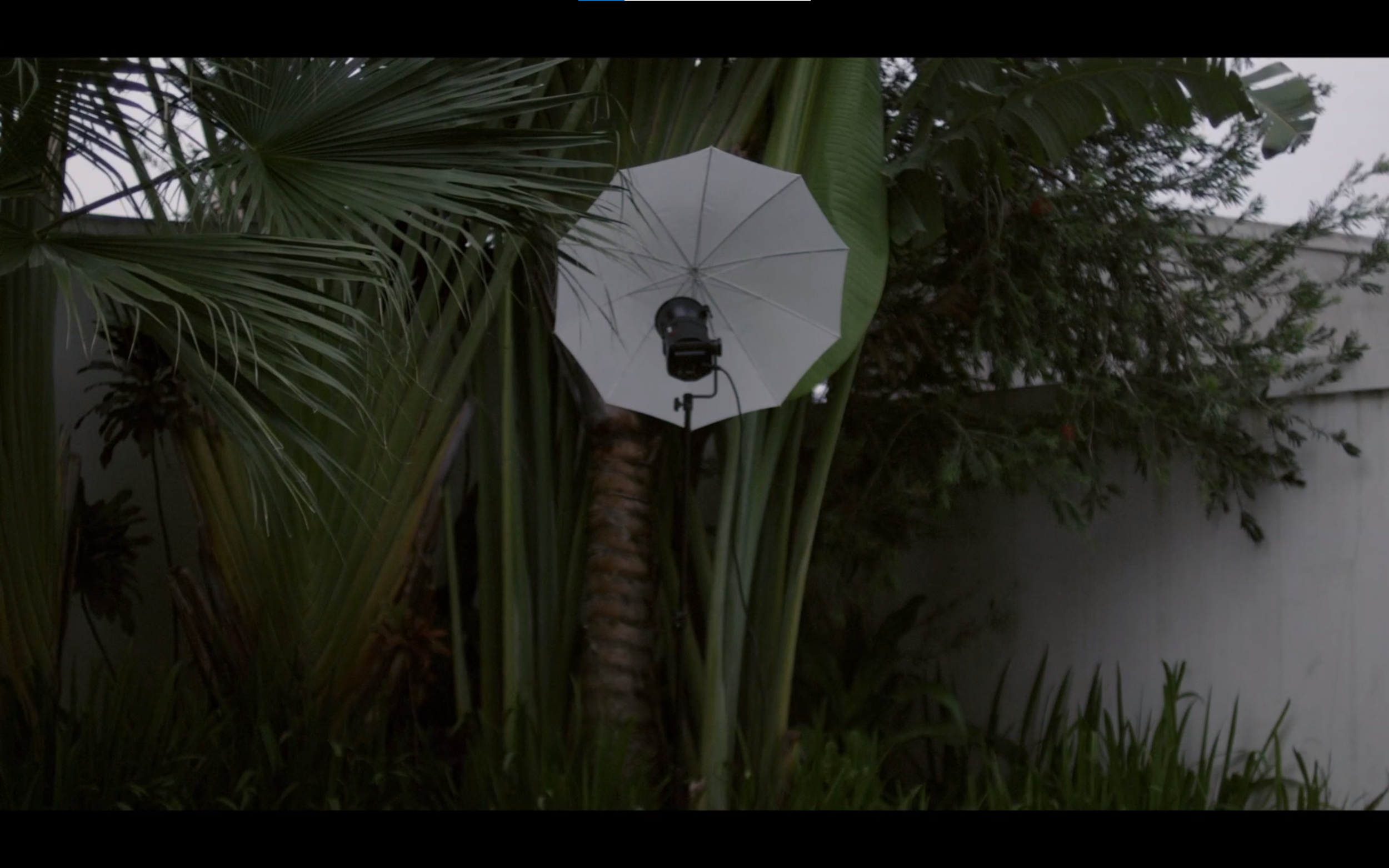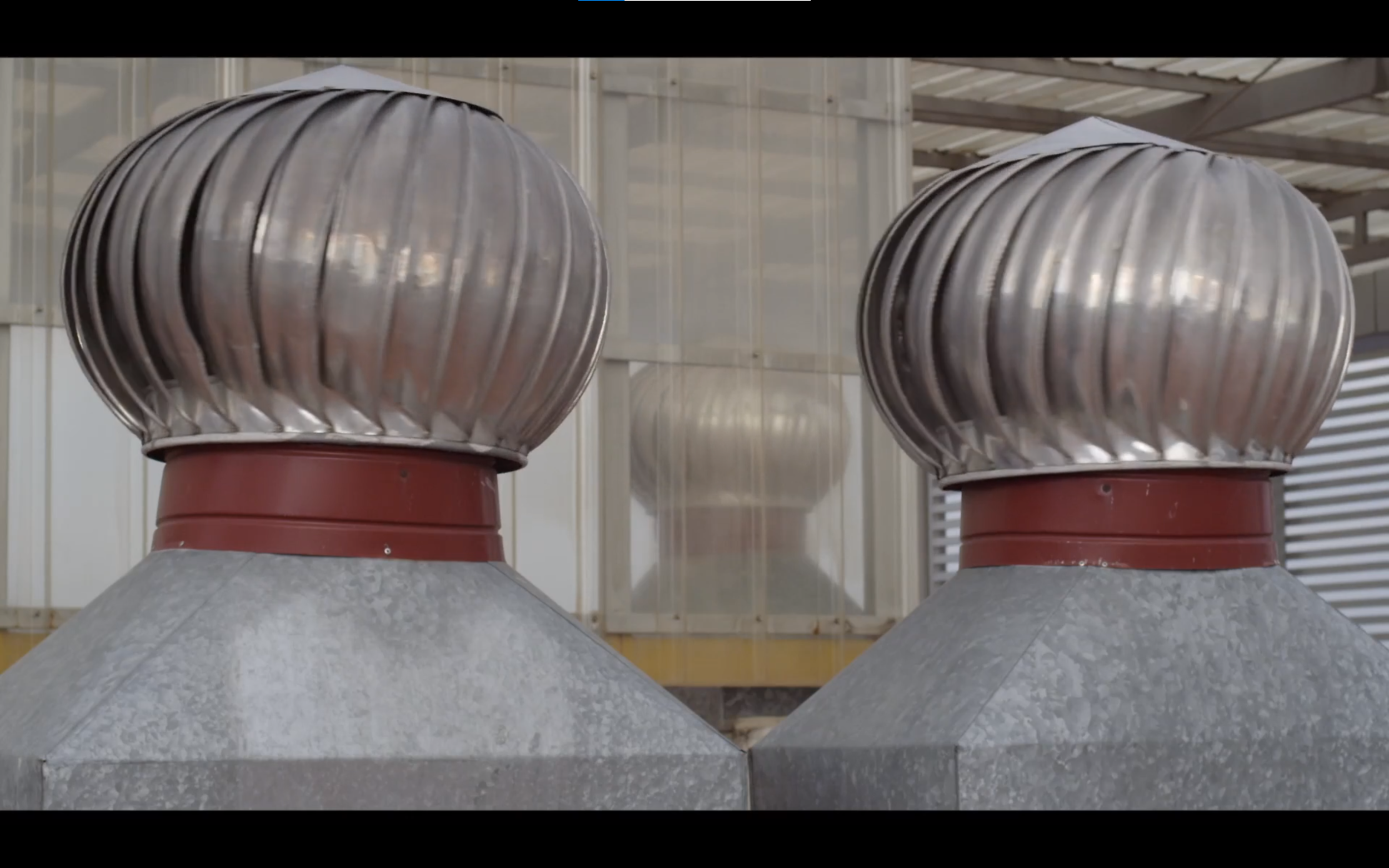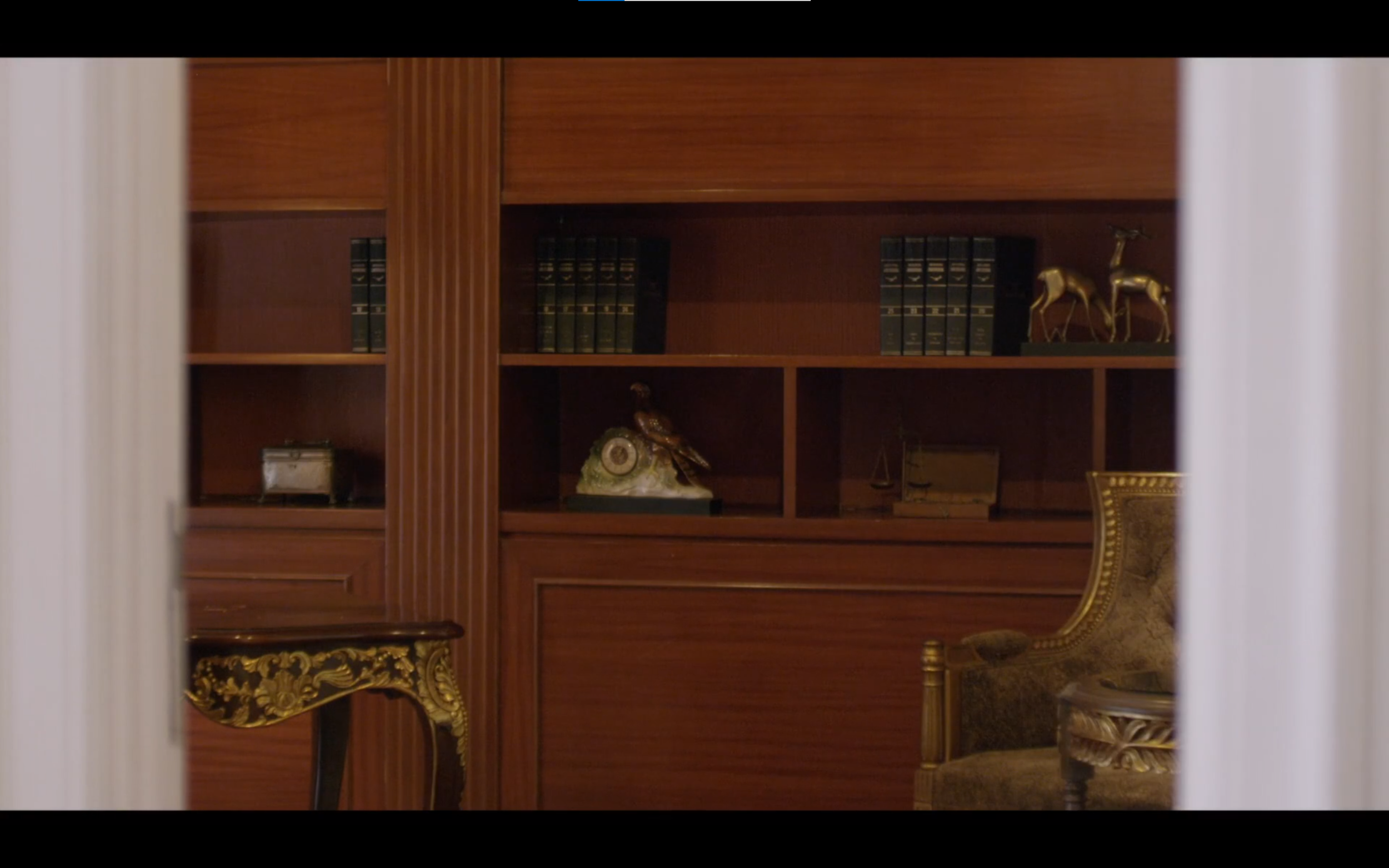DREAM LAND STILLS
STEVE CHEN explains the stills
Dream Land (2015) is a film about memory, time, and place and was screened in the Fall of 2020 in the collaboration of Talk+Text, a film club at UCLA AUD. POOL had the fortunate pleasure of curating a series of stills from the film for Steve Chen, of Chen Office, to discuss his interdisciplinary interests in film and architecture.
CHEN OFFICE is a boutique, cross-disciplinary design and production house that collaborates with other artists, filmmakers, designers, and companies with a shared vision for an alternative spatial practice. The office seeks out projects that emphasize ambient approaches to cinema, art, and design.
CHEN OFFICE is directed by filmmaker/designer Steve Chen. He received an M.Arch from Princeton University.
Costa Mesa, California, U.S.A. & Taipei, Taiwan
"The true picture of the past flits by. The past can be seized only as an image which flashes up at the instant when it can be recognized and is never seen again."¹
[STEVE] This is the paradoxical work of being an image-maker, a filmmaker. We're trying to show something but know that with any full reveal, that very thing we are aiming to get at gets lost. So we try to find the cracks, or those split seconds between images, fissures, moments between light and dark, day and night, slumber and being awake. This is where we might begin to make an imprint. Imagine a movie of Paris that opens with an aerial shot of the Haussman-designed boulevards and the Eiffel Tower. That image is immediately cliche and forgettable the second it flashes off. But we still need to provide an image somehow, because after all, that's our tool. So we begin to look at other ways of representing ideas, and representing the city. That's where it begins, with the visual occlusions of the city, of landscapes, interior and exterior spaces.
[POOL] In the film, we are constantly looking in, through, or out. How do you use interiors and exteriors to inform the scene? How do you decide whether we see a reflection of the world or a glimpse into the interior of that world? In the second case, how does the exterior inform the scene, or set the intention?
[STEVE] By dirtying the frame, and shooting "incorrectly" technically with obstructions in the frame, lighting sources in frame, and so forth, it helps provide a reflexivity to the fact that we are indeed watching a film, a digital film no less (which is why I appreciated and kept the video striations of the bokeh). In this space, we are both in and out of the movie," to seize hold of a memory as it flashes up at a moment of danger. Historical materialism wishes to retain that image of the past which unexpectedly appears to man singled out by history at a moment of danger." (Benjamin again)
I've wondered if this might actually cause a form of collective amnesia, both by providing the precise images to ingest, but also a self-contained historical assessment.
[POOL] Lida is a real estate agent and we see many interiors through her lens. There seem to be three primary categories of interior spaces: Lida’s boyfriend’s (emotional and physical), those she markets to her clients, and the last, an ambiguous category. Each interior within these categories portrays a very distinct character. Is this intentional?
[STEVE] The movie itself being about memory and specifically of traumatic memory, I wanted to ask how the effects of that may linger without being spoken, in the way of the traumas of genocide may still exist and haunt but not in the form we might perceive it to be. Taking, for instance, a Hollywood style film about the experience of the Khmer Rouge from a child's eye, with all of its explosions, starvation, and torture—I've wondered if this might actually cause a form of collective amnesia, both by providing the precise images to ingest, but also a self-contained historical assessment. It's a question of memorialization and our impulse these days to "never forget" X, Y, or Z event, which strangely seems to rob that thing of its essence the minute we've attached such a history and ritual, no?
Tactility is always an interest because it has a stronger emotional force if you can feel it with your eyes, stronger than the millionth digital explosion you've seen.
[POOL] There is a back and forth between natural light and artificial light in many scenes. At times it is produced solely via mechanical equipment, other times it alters the existing light, or natural light is enhanced via reflective elements—whether it is water as we see here—or other reflective surfaces. Can you speak on how light influences your work in this film, and in general?
[STEVE] Mechanical reproduction fits in with this too, like dirtying the image we want to "clunkify" the aesthetic, fearing the super smooth and the polished image which leads to forgetting. Note that this was shot prior to silky smooth drone shots becoming popular, and I think that is a whole nother area that needs to be further explored. Tactility is always an interest because it has a stronger emotional force if you can feel it with your eyes, stronger than the millionth digital explosion you've seen.
Seeing and not seeing, remembering and forgetting, those are things that figure into things like our photographer boyfriend whose job it is to "see" but apparently can't see anything about his girlfriend or failed relationship. Lida, who struggles with amnesia, is the one residing in a more liminal space, who even sees herself in a karaoke video, herself an actor in her own life in a karaoke video, heavily influenced by the cheesy soft love romance of the era, where we cannot distinguish between reality and fiction. Romance is one of the arenas advanced through advanced capitalist society, as a symbol of upward mobility, with the nuclear family and love for the sake of love (interesting to note that during the Khmer Rouge forced marriages were a common thing).
The city is the main figure and central character, in fact, and I keep wondering how can we represent it truthfully, again, knowing how deceitful the instruments we have at our disposal are?
[POOL] The film is layered with different aspects of mechanical reproduction. Lida’s boyfriend is a photographer, Lida herself shows clients animations depicting new cities and music videos. Can you elaborate on the use of mechanical reproduction in the creative process of the film, and the layers it creates?
[STEVE] So when we speak of trauma, we speak of trauma in the shadows against this force of capitalist aspiration, which is represented through Lida's middle-class woes of love but also the narratives she literally sells through the real estate transactions she deals. This is the central, visible theme, as it is still not totally common to see international films on Cambodia highlighting contemporary life. It's hard to get an audience since people equate Cambodia with the poverty porn movies we watch, as Westerners, perhaps in penance, odd fascination, or some other weird way of Othering. The city is the main figure and central character, in fact, and I keep wondering how can we represent it truthfully, again, knowing how deceitful the instruments we have at our disposal are? That truth, for me, was flattening the city to feel universal, highlighting homes that could look like Southern California, or homes in China to look like Southern California.
[POOL] As we follow Lida through the film, from her day job to her island vacation, we witness different portrayals of the city: a melancholy present city, an idealistic future city being built by her development company, a standardized “suburban” housing projects currently under construction that Lida markets, and a near-distant past nostalgic city that she later visits. How does the perception of a city affect the story, if it does?
[STEVE] There's a bit of personal narrative to it too, in that as a child of immigrants to America, I love the American Dream and the ideal that it represents, even if I spent my youth trying to run away from it. The suburban aesthetic is ultimately extremely comforting to me, and I unabashedly am happy to share my joy of this with the world. My late father would have loved to live in one of these Renaissance style home interiors in Cambodia, having grown up as a poor shoeless farmer kid in rural Taiwan. The aspiration is real, and though I went on and eventually became an architect with a trained eye for cool and clean spaces, I can't but help still have some desire for this "having made it" aesthetic.
One of the pitfalls of being a trained architect is often we do not know how to tell stories. We know how to theorize and conceptualize, but we can't tell a damned good story.
[POOL] Throughout the film, stairs and ascension feature prominently. Is there a greater theme at play here? Are you using the architecture to generate a type of movement that is very controlled but also poignant?
[STEVE] One of the pitfalls of being a trained architect is often we do not know how to tell stories. We know how to theorize and conceptualize, but we can't tell a damned good story. So filmmaking to me is more like choreography or being an orchestra conductor. You simply manage pre-existing pieces and find ways to assemble them together into a cohesive unit. That means often working in the opposite: establishing the mis-en-scene via camera movement, blocking, color, sound, lighting, etc. until we arrive at a final destination of what this scene is going to be about and what is it going to say. There wasn't a true script, but mostly notes on mis-en-scene, though certain scenes had certain dialogue lines I know needed to be delivered. So the motion of the camera and characters was extremely critical to what I wanted to convey.
We are trying to speak on the immaterial and invisible using visual means. Maybe it's about creating a memory of a light, rather than a lighting direction in itself.
Cinema, after all, is a break from theater in that we have lost the proscenium and entered a three-dimensional field. So it's important we find expression that matches this "technology." Cinema is a dance. For me cinema is at heart about light and movement. The film opens with a rotation with vertical Z axis (a car spinning around a roundabout) and halfway demonstrates that axis turned to the X axis, rotating about with a view of the city turned in another direction. These are ways for me to express the alchemy of cinema and how space and time may be messed around during this journey. Movement is one of the tools we have to think through these things.



